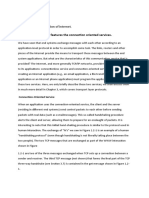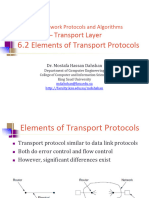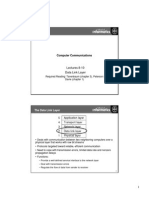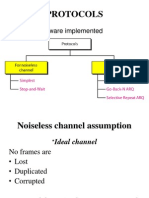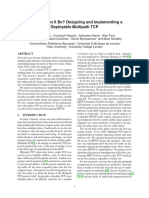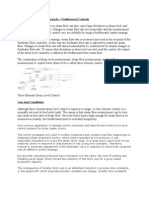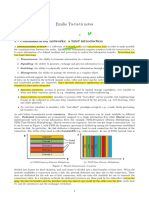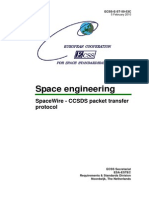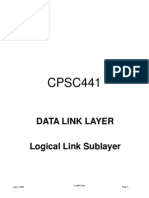0% found this document useful (0 votes)
19 views21 pagesUnit 4 - Transport Protocols (Part-1)
Uploaded by
alpa454589Copyright
© © All Rights Reserved
We take content rights seriously. If you suspect this is your content, claim it here.
Available Formats
Download as PDF, TXT or read online on Scribd
0% found this document useful (0 votes)
19 views21 pagesUnit 4 - Transport Protocols (Part-1)
Uploaded by
alpa454589Copyright
© © All Rights Reserved
We take content rights seriously. If you suspect this is your content, claim it here.
Available Formats
Download as PDF, TXT or read online on Scribd
/ 21






